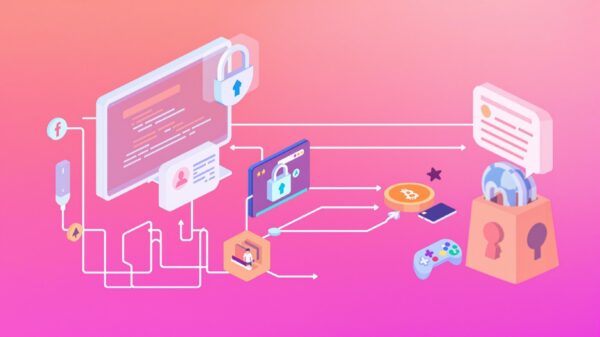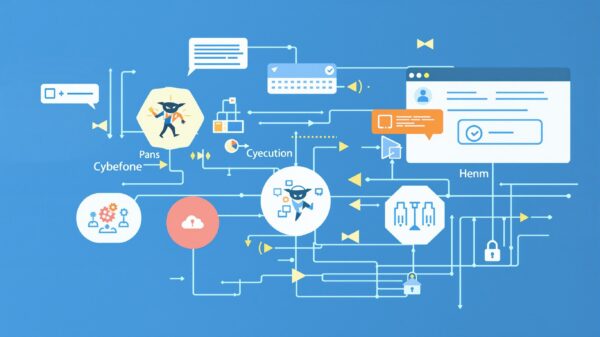In today’s digital landscape, the security of websites and web applications is more crucial than ever. With cyber threats evolving in scale and sophistication, organizations face significant challenges in protecting their digital assets from malicious actors. The average cost of data breaches, amounting to USD 4.45 million, underscores the gravity of these threats, highlighting the financial, operational, and reputational risks involved.
Cybersecurity threats against websites and web applications have become increasingly pervasive, with attackers leveraging advanced techniques to exploit vulnerabilities and compromise sensitive data. This article explores five of the most prevalent threats today—ransomware, DDoS attacks, cloud-based attacks, supply chain attacks, and malicious code attacks. By understanding these threats and implementing proactive security measures, organizations can enhance their defenses and safeguard their online presence.
Ransomware Attacks
Ransomware stands as one of the most formidable threats to websites and web applications. Operating through malicious software that encrypts data and holds it hostage, ransomware attackers demand payments in exchange for decryption keys. These attacks are often initiated through phishing emails, malicious websites, or exploit kits targeting vulnerabilities in software.
The frequency of ransomware attacks has surged globally, with a notable 11% increase in incidents during Q3 2023 alone. Year-over-year comparisons reveal a staggering 95% rise, underscoring the persistent and escalating nature of this cyber threat. Organizations must prioritize robust cybersecurity hygiene, including regular updates, patch management, and employee awareness training to mitigate the risks associated with ransomware.
DDoS Attacks
Distributed Denial of Service (DDoS) attacks pose another significant threat to website availability and performance. By flooding target systems with overwhelming volumes of traffic, attackers aim to exhaust resources such as bandwidth and server capacity, rendering websites inaccessible to legitimate users. DDoS attacks can disrupt online services, leading to financial losses and reputational damage.
These attacks come in various forms, including volumetric attacks that flood networks with high volumes of traffic, protocol attacks exploiting weaknesses in network protocols, and application layer attacks targeting specific website functionalities. Furthermore, techniques like reflection and amplification amplify the impact of DDoS attacks, exacerbating their potency and complexity.
Cloud-Based Attacks
The adoption of cloud computing has revolutionized business operations, offering scalability, flexibility, and cost-efficiency. However, the shift to cloud environments has also introduced new security challenges. Misconfigured cloud settings, inadequate access controls, and vulnerabilities in cloud interfaces and APIs present opportunities for malicious actors to exploit.
S3 bucket misconfigurations, for example, can inadvertently expose sensitive data stored in cloud repositories. Similarly, insecure API endpoints may be manipulated to gain unauthorized access or execute malicious commands within cloud environments. Organizations must implement rigorous security controls, conduct regular audits, and adhere to best practices for securing cloud infrastructures to mitigate these risks effectively.

Supply Chain Attacks
Supply chain attacks have emerged as a prominent threat vector, targeting organizations through their interconnected networks of vendors, suppliers, and third-party service providers. By infiltrating trusted relationships, attackers can compromise thousands of customers or end-users, exploiting vulnerabilities in software updates, digital certificates, or supply chain dependencies.
The COVID-19 pandemic accelerated the adoption of remote work and cloud technologies, prompting organizations to rely heavily on third-party solutions and services. This increased dependency has amplified the impact of supply chain attacks, emphasizing the importance of vetting and securing external partnerships. Measures such as supplier risk assessments, secure software development practices, and robust supply chain management frameworks are essential to mitigating these evolving threats.
Malicious Code Attacks
Malicious code attacks encompass a broad spectrum of threats, including injection attacks, botnet exploitation, computer worms, and spyware intrusions. These attacks exploit technical vulnerabilities within websites and web applications, compromising data integrity, and undermining user privacy.
Injection attacks, such as SQL injection and cross-site scripting (XSS), involve inserting malicious code into legitimate web pages or applications to steal sensitive information or execute unauthorized commands. Botnets, comprising hijacked devices controlled remotely by cybercriminals, facilitate large-scale attacks, including spam campaigns and malware distribution. Additionally, computer worms and spyware pose significant risks by spreading autonomously and monitoring user activities without consent.
Conclusion
In conclusion, safeguarding websites and web applications against cyber threats requires a multifaceted approach that addresses vulnerabilities across various attack vectors. By prioritizing proactive security measures—such as secure development practices, rigorous testing, and continuous education—organizations can strengthen their defenses and mitigate the risks posed by ransomware, DDoS attacks, cloud-based threats, supply chain vulnerabilities, and malicious code exploits.
Implementing robust access controls, conducting regular security audits, and deploying advanced technologies like Web Application Firewalls (WAF) or Web Application and API Protection (WAAP) solutions are critical steps toward enhancing resilience against evolving cyber threats. By fostering a culture of cybersecurity awareness and readiness, organizations can effectively protect their digital assets, preserve customer trust, and ensure uninterrupted business operations in an increasingly interconnected and threat-laden digital landscape.






















